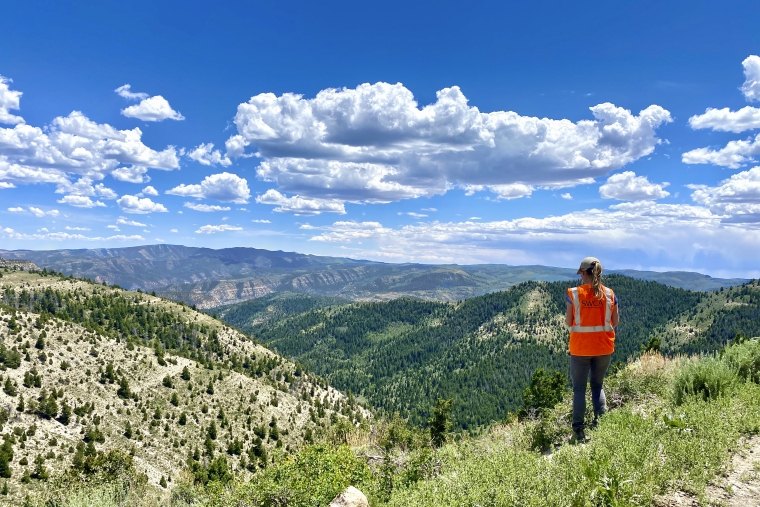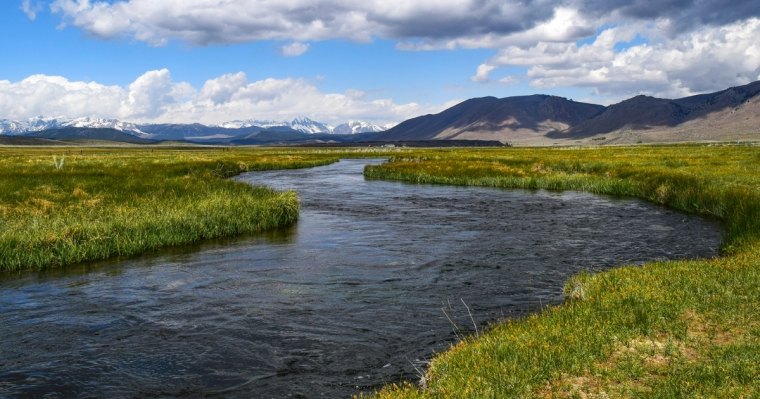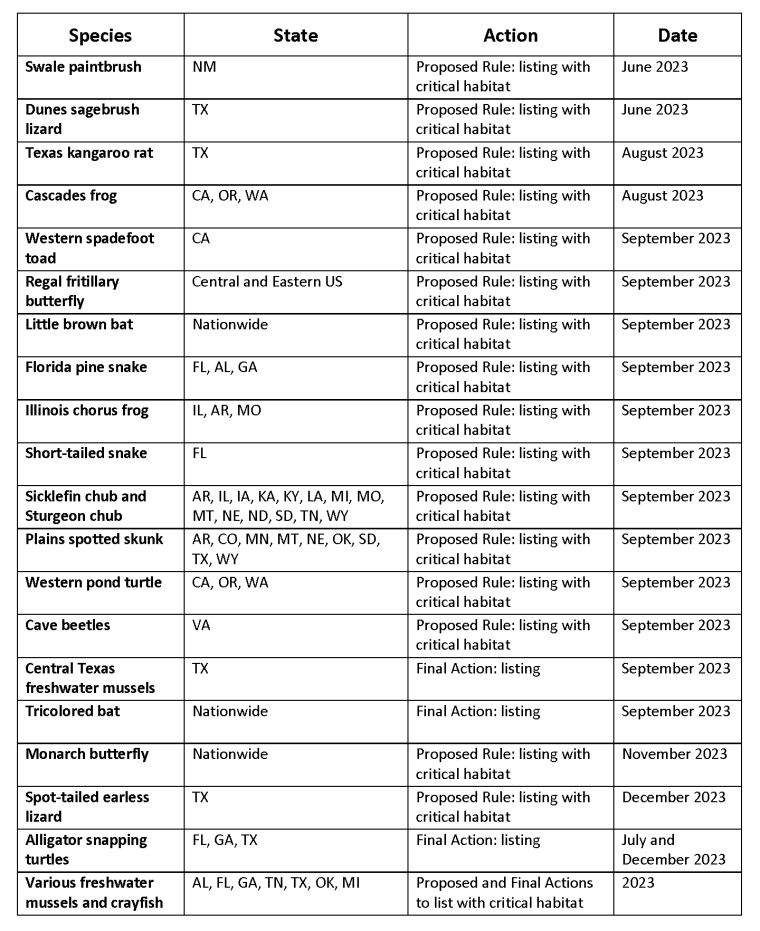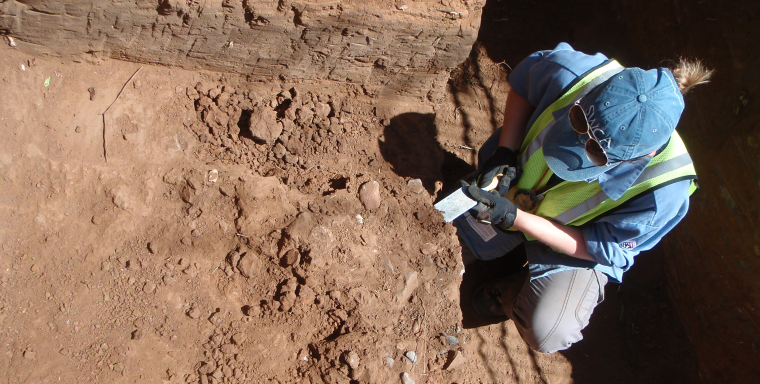The first half of 2023 altered the environmental permitting and compliance landscape with reforms in the recent Fiscal Responsibility Act of 2023, the Supreme Court ruling on waters of the United States, U.S. Fish and Wildlife Service mitigation policies, and more.
More regulatory and policy activity is ahead of us in the second half of the year. Here is a sample of what is coming (click to jump):
- National Environmental Policy Act (NEPA)
- Water Resources
- Wildlife Resources
- Cultural Resources
- Social Science and Economics
- Contact SWCA
National Environmental Policy Act

- Phase 2 of CEQ regulations updates - The Council on Environmental Quality (CEQ) is preparing its “Phase 2” updates to the National Environmental Policy Act (NEPA) regulations. Phase 2 proposed rule revisions were sent to the Office of Management and Budget in January 2023 and should be published in the Federal Register in summer 2023. However, that may be delayed to address the changes to NEPA made as part of the Fiscal Responsibility Act of 2023.
- Changes to NEPA as part of the Fiscal Responsibility Act of 2023 - Significant changes and additions were made to NEPA as part of the debt limit legislation. These included thresholds for when NEPA is required, requirements for consolidated agency leadership and reviews, time frames and page limits on NEPA documents, and direction to develop an E-NEPA electronic portal for disseminating and gathering information for NEPA processes. This is the first revision to NEPA since 1978. It writes into the United States Code some of the major changes to the CEQ implementing regulations that were made during the Trump administration, thereby preventing them being walked back as part of Phase 2 of the CEQ regulation updates.
- Proposed BLM rule changes on conservation and landscape health - Comments on the proposed rule were due on or before June 20, 2023. SWCA is currently advising our clients on potential ramifications of these changes to extraction and right-of-way development on public lands. We presented a brownbag summary of these proposed changes and potential ramifications to SWCA’s Planning/NEPA Practice Group so our project managers can keep their respective clients informed as this rule is being considered and analyzed by the BLM.
- Revised versions of BLM Land Use Planning Handbook and BLM NEPA Handbook - Draft documents are done but are probably not going to be released to the public until Phase 2 of CEQ regulations updates are finalized.
Water Resources

- Waters of the United States - In March 2023, the U.S. Environmental Protection Agency (EPA) and U.S. Army Corps of Engineers (USACE) promulgated a “final” rule defining the jurisdictional extent of Waters of the United States. This rule largely codified the approach used prior to the 2015 and 2020 rule changes. Then on May 25, 2023, the U.S. Supreme Court issued the long-anticipated Sackett v. EPA decision, narrowing federal Clean Water Act jurisdiction over wetlands. On June 26, 2023, the agencies announced their intention to issue a final rule by September 1, 2023. This rulemaking effort will further clarify how the Sackett decision will be implemented across Clean Water Act programs and the regulated community. We also expect to see activity in some states that may re-evaluate state-level protections for wetlands.
- PFAS rulemaking - On March 14, 2023, the EPA proposed new Safe Drinking Water Act regulations for per- and polyfluoroalkyl substances (PFAS). The agency proposed Maximum Contaminant Levels (MCLs) for perfluorooctanoic acid (PFOA) and perfluorooctane sulfonic acid (PFOS) and a combined Hazard Index for six other substances. The initial comment period was extended to August 11, 2023. These new rules could have significant implications on the treatment and monitoring of public water supplies around the country.
- Colorado River Agreement - On May 22, 2023, Lower Basin states reached an agreement to conserve an additional 1.5 million acre-feet (MAF) of Colorado River Water by the end of calendar year 2024, and a total of 3 MAF by the end of calendar year 2026 (Lower Basin Plan). On June 16, 2023, the Bureau of Reclamation released a notice of intent to develop new operating guidelines for Lake Powell and Lake Mead, replacing the 2007 Colorado River Interim Guidelines. States continue to negotiate with one another and the federal Bureau of Reclamation to develop new strategies to manage the Colorado River.
Wildlife Resources

- Migratory bird permit program - The U.S. Fish and Wildlife Service (USFWS) expects to publish a proposed rule for a new permit program addressing incidental take of migratory birds in June 2023, with final action expected in April 2024. Based on a notice from October 2021, it is likely that the proposed rule will consider codifying incidental take as a prohibited act under the Migratory Bird Treaty Act and outline rules for general and individual permits to authorize incidental take with compensatory mitigation.
- Eagle take permit revisions - USFWS issued a proposed rule for new streamlined general permits addressing take of eagles and eagle nests from certain types of activities and circumstances. USFWS is addressing public comments and expects to publish a final rule in December 2023.
- Endangered Species Act interagency consultations and listing process revisions - USFWS published a proposed rule on June 22 that would, if made final, add compensatory mitigation to Section 7, de-emphasize the standard of reasonable certainty in the definition of effects of the action, reinstate the blanket 4(d) rule extending full protections to threatened species, and increase the agency’s discretion to designate unoccupied critical habitat. Public comment on these proposed rules will be accepted through mid-August.
- New species listings - USFWS expects to publish a wide array of proposed and final rules to expand the Endangered Species Act’s list of threatened or endangered species. Among the species to be addressed are:

Cultural Resources

- National Register Bulletin 38 on traditional cultural places - The National Park Service released a draft update of its National Register Bulletin 38 on traditional cultural places (TCPs) earlier this year for review and comment. This update of the 1998 bulletin incorporates two decades of updated practices and considerations for the identification and evaluation of TCPs as historic properties. The draft does not appear to venture into new areas of practice or set new precedents for TCPs of which practitioners familiar with the state of TCP identification and assessment through the 2020s would be unaware.
- USACE Regulations Appendix C - Recission of 33 Code of Federal Regulations (CFR) 325 Appendix C - Procedures for the Protection of Historic Properties by the U.S. Army Corps of Engineers (USACE) is expected about September 2023. We speculate that the USACE will realign their procedures with regulations guiding Section 106 of the National Historic Preservation Act. Such realignment would likely change how the USACE defines the area of potential effects in relation to historic properties in or surrounding their permit areas and consults on those potential effects.
- The Secretary of the Interior’s Professional Qualifications Standards for Archeology and Historic Preservation - Later in 2023, it is expected that the National Park Service will provide notice of its intent to update the 1983 standards, previously published at 36 CFR 61. The existing standards express the minimum preferred qualifications an archaeologist, historian, architectural historian, historic architect, or architect need to lead federal efforts involving their subject matter. Changes to these standards could either further limit or expand the pool of professionals qualified to lead efforts, depending on whether they become more or less exclusive, correspondingly affecting the availability of professionals on projects requiring these areas of expertise.
Social Science and Economics

- Environmental Justice - Actions taken by the Biden administration have created a rapidly evolving landscape in which federal and state agencies are updating methods and guidance on a nearly ongoing basis, while the Justice40 Initiative is associating new environmental justice requirements with many federal actions. If your environmental justice understanding is not up to date, you may find yourself on the wrong side of a line you did not even know existed.
- USFWS policy regarding compensatory mitigation under the Endangered Species Act - While some basic ideas pertaining to “accounting systems” are mentioned, like developing defensible, science-based metrics for measuring debits and credits and establishing a common “currency,” no methodology is specified. We note that Natural Resource Damage Assessment (NRDA) practitioners have been using formal frameworks (e.g., habitat equivalency analysis and resource equivalency analysis) to conduct these same assessments for 20 years. As the Endangered Species Act catches up to NRDA, we can use our decades of scaling experience to assist.
- Nature-based carbon sequestration - This rapidly evolving voluntary market has taken several body blows over the past few weeks with headlines like “widespread problems with the market” and few projects “showed evidence of meaningful deforestation reductions.” What are the best practices to help you balance a need for credibility with practical business constraints?
SWCA Can Help
SWCA’s Technical Directors track important regulatory and policy actions that influence environmental permitting and compliance. Contact us for a conversation about how you can prepare for and take advantage of the opportunities ahead.
erica [dot] gaddis [at] swca [dot] com (subject: Upcoming%20Regulatory%20Activity%20in%202023) (Erica Gaddis), Water Resources Technical Director
aglen [at] swca [dot] com (subject: Upcoming%20Regulatory%20Activity%20in%202023) (Amanda Glen), Natural Resources Technical Director
mpetersen [at] swca [dot] com (subject: Upcoming%20Regulatory%20Activity%20in%202023) (Matt Petersen), Planning Technical Director
sphillips [at] swca [dot] com (subject: Upcoming%20Regulatory%20Activity%20in%202023) (Scott Phillips), Cultural Resources Technical Director
jeff [dot] wakefield [at] swca [dot] com (Jeff Wakefield), Natural Resources Technical Director